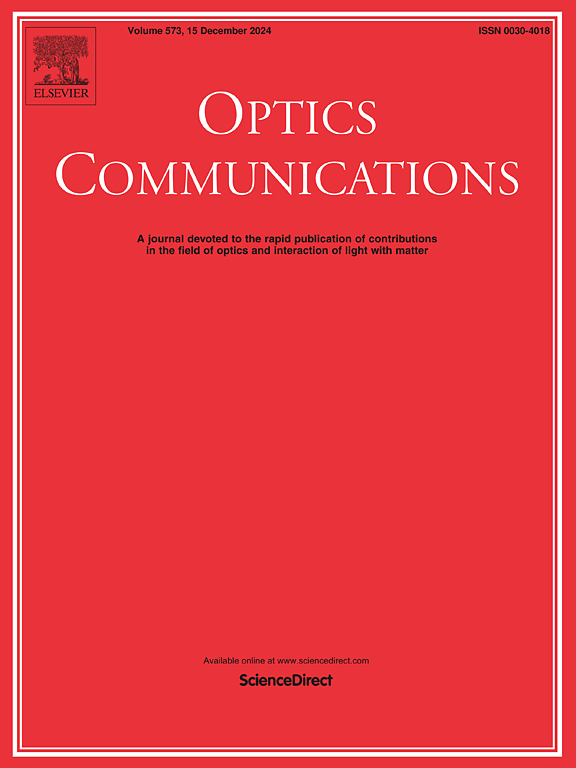Parameter extraction method for assisting inverse design of DFB lasers based on rate equations and generative adversarial network
IF 2.2
3区 物理与天体物理
Q2 OPTICS
引用次数: 0
Abstract
Effective parameter extraction without redundant experiments is a hot topic in the inverse design of lasers. A tandem model based on a generative adversarial network (GAN) has been proposed to accurately extract theoretical rate equation parameters of distributed feedback (DFB) lasers, avoiding the erroneous tendency caused by measurement accuracy and optimization algorithms. Cascading the deep neural network (DNN) with the GAN, the trained model can effectively extract parameters and construct forward model by solving rate equations numerically, which is more generalized and robust than the traditional network. The solution can breakthrough the potential boundaries and local optima encountered from the structure consisting of forward convolutional neural network (CNN) and particle swarm optimization (PSO) algorithms. Results demonstrate the presented model obviously addresses the demand of the substantial time and computational resources of traditional numerical solving methods, exhibits powerful convergence and its relative average error (RAE) is significantly improved with comparison to PSO–CNN under similar conditions. The extracted rate equation parameters can offer a more precise reference theoretically for the previous initialization of other extraction approaches, even the suggested neural network serves as a guidance for other optoelectronic devices design inversed.
基于速率方程和生成式对抗网络的参数提取方法,用于辅助 DFB 激光器的逆向设计
无需冗余实验的有效参数提取是激光器逆向设计的热门话题。本文提出了一种基于生成对抗网络(GAN)的串联模型,用于精确提取分布式反馈(DFB)激光器的理论速率方程参数,避免了测量精度和优化算法造成的错误倾向。将深度神经网络(DNN)与 GAN 进行级联,训练出的模型能有效提取参数,并通过数值求解速率方程构建前向模型,比传统网络更具通用性和鲁棒性。与传统网络相比,该模型更具通用性和鲁棒性,其解决方案可以突破由前向卷积神经网络(CNN)和粒子群优化(PSO)算法组成的结构所遇到的潜在边界和局部最优。结果表明,所提出的模型明显解决了传统数值求解方法对大量时间和计算资源的需求,表现出强大的收敛性,在类似条件下,其相对平均误差(RAE)与 PSO-CNN 相比有了显著改善。所提取的速率方程参数可以为其他提取方法的初始化提供更精确的理论参考,甚至可以为其他光电器件的逆向设计提供指导。
本文章由计算机程序翻译,如有差异,请以英文原文为准。
求助全文
约1分钟内获得全文
求助全文
来源期刊

Optics Communications
物理-光学
CiteScore
5.10
自引率
8.30%
发文量
681
审稿时长
38 days
期刊介绍:
Optics Communications invites original and timely contributions containing new results in various fields of optics and photonics. The journal considers theoretical and experimental research in areas ranging from the fundamental properties of light to technological applications. Topics covered include classical and quantum optics, optical physics and light-matter interactions, lasers, imaging, guided-wave optics and optical information processing. Manuscripts should offer clear evidence of novelty and significance. Papers concentrating on mathematical and computational issues, with limited connection to optics, are not suitable for publication in the Journal. Similarly, small technical advances, or papers concerned only with engineering applications or issues of materials science fall outside the journal scope.
 求助内容:
求助内容: 应助结果提醒方式:
应助结果提醒方式:


